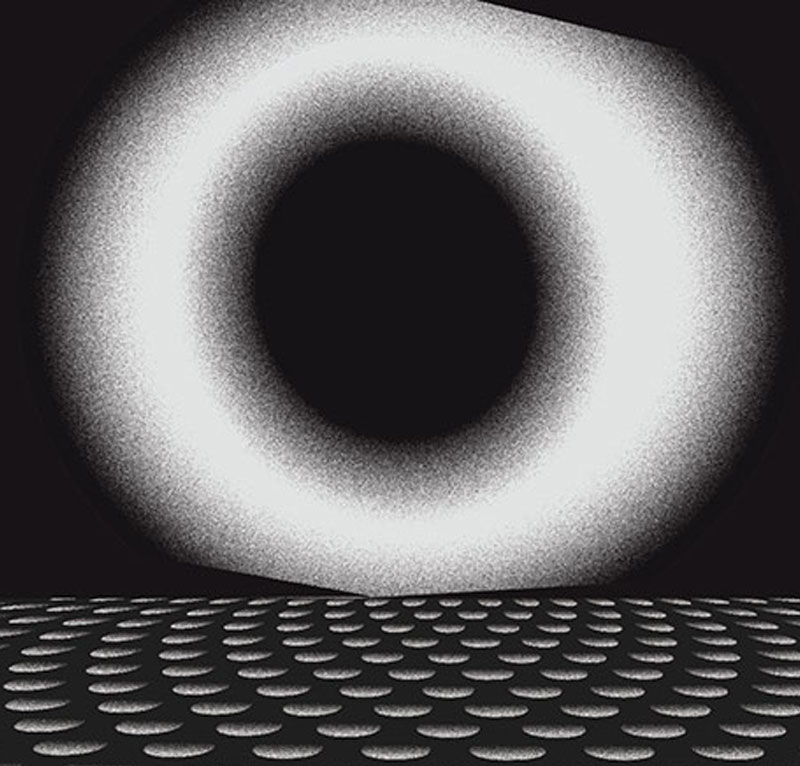CATEGORIES
CATEGORIES
Ang Daigdig ng mga Api: Remembering a Lost Film
Since the film stock of the 1965 film Ang Daigdig ng mga Api is lost, author Clodualdo del Mundo, Jr. tried the next best thing: to reconstruct the multi-awarded seminal film through book form with the printed materials he has – primarily the film treatment that del Mundo’s father gave him in 1965 or 1966. His collaborator for the book Dik Trofeo, the film’s assistant director, supplied stories and behind-the-scenes black and white images.
Apart from Trofeo, another major photo contributor to the book’s images include Dick Baldovino. Photo collections of Cesar Hernando (to whom the book is dedicated to) and Mike de Leon were likewise used in the 138-page book which comes in hardbound and soft bound editions.
National Artist for Cinema Gerardo de Leon’s Ang Daigdig ng mga Api had such a profound impact on the young del Mundo when he saw it on the big screen that he wanted the younger generation of filmmakers and cineastes to likewise experience the film today. Through the book, he also upheld the importance of having a physical archival system for classic Filipino films, which were all shot in celluloid.
The book has four (4) major sections: The Filmmakers (Chapter 1); The Project (Chapter 2); Fragments of a Lost Film (Chapter 3); and Conclusion: Hopeful Remembering.
Chapter 1 describes the beginnings and development of director de Leon, screenwriter Pierre Salas, cinematographer Mike Accion, music composer Tito Arevalo, and second assistant director and script supervisor Dik Trofeo. It also includes the major cast, namely, Robert Arevalo, Barbara Perez, Oscar Keesee, Ben Perez, Ruben Ilagan, Mona del Cielo, Leni Alano and Jet del Mundo (the author’s older brother).
The author was able to interview Alano, Arevalo, his brother, Ilagan, Perez and Trofeo during the first year of the Covid-19 pandemic when the book was undergoing development.
In Chapter 2, del Mundo recalls that his old man handed him a copy of a document in a folder with a handwritten “Original sequencing of Daigdig ng mga Api”. The film’s screenwriter Salas usually consulted with the older del Mundo about film writing and the Filipino language. The entire film treatment is included in this chapter.
Chapter 3 relates the actual film, and the material and extraneous circumstances surrounding the production while the last chapter calls for film archiving. del Mundo quotes National Artist for Literature Bienvenido Lumbera: “Unless an institution is set up soon to recover and preserve films of historic and artistic value, the time will come when the history of Philippine Cinema can only be read about when it ought to be experienced through direct contact with films”.
The book, made possible by a grant from the Film Development Council of the Philippines, is also available at the De La Salle University Publishing House and Solidaridad Book Shop.
August 11 | Thu| 4:00 PM
Cinemalaya Lounge by Latitude
3rd Floor, Main Gallery

